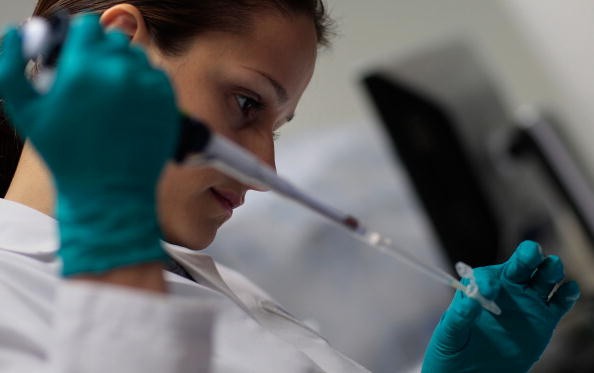CDC (Centers for Disease Control and Prevention) discovered that a deadly soil bacteria could kill a resident of the United States. The health department claimed that this soil bacterium, common in subtropical and tropical climates, unexpectedly infected three people in three different U.S. states.

"Symptoms of melioidosis are varied and nonspecific and may include pneumonia, abscess formation, and/or blood infections," said CDC.
"Due to its nonspecific symptoms, melioidosis can initially be mistaken for other diseases such as tuberculosis, and proper treatment may be delayed," added the health department.
On the other hand, CDC said that the soil bacteria infection cases are usually found in travelers who visit subtropical and tropical places. However, the department explained that the three new cases are strange since the infected individuals do not have recent travel histories.
CDC Is Now Concerned About the New Soil Bacteria
Right now, the United States and other parts of the world are still suffering from the ongoing pandemic, especially since the new COVID-19 Delta variant is becoming more rampant than ever.

Also Read : Johnson & Johnson's COVID-19 Vaccine is Protective Against Delta Variants, But Is It Safe for Public Use?
And now, a new disease was discovered in the U.S. According to CDC's official website, the new Burkholderia pseudomallei infections are already being investigated with the help of the Kansas Department of Health and Environment, the Texas Department of State Health Services, and the Minnesota Department of Health.
According to Ars Technica's latest report, CDC explained that this is not the first time U.S. residents were infected with the new mysterious soil virus. The first ones happened way back in 2018.
During this period, the health agency discovered that a 63-year-old resident of Texas almost had a fatal case of the so-called melioidosis. Because of this, federal health and state investigators decided to swab all the residents living near the man's small rural ranch.
Who are Mostly At Risk?
If you are currently worried about the new soil bacteria, CDC explained that those with kidney disease, chronic lung disease, and diabetes are the ones most at risk.
Aside from them, people who are regularly drinking alcohol could also catch the new virus easily. On the other hand, the health department announced that its symptoms include coughing, chest pain, headaches, anorexia, respiratory distress, abdominal discomfort, joint pain, seizures, and more.
For more news updates about CDC and the new soil virus, always keep your tabs open here at TechTimes.
Related Article : Anti-Vaxxer Spreading Consipiracy Theories that COVID-19 Vaccines are Magnetic Got Suspended on Twitter
This article is owned by TechTimes
Written by: Griffin Davis




